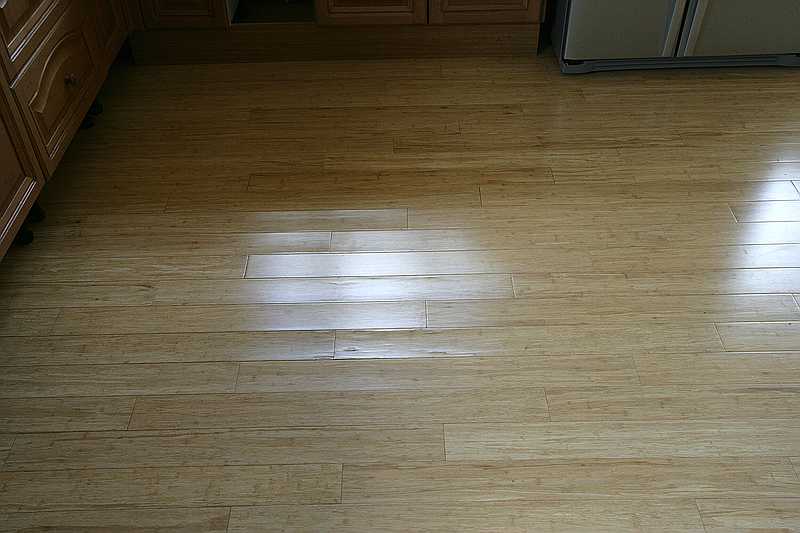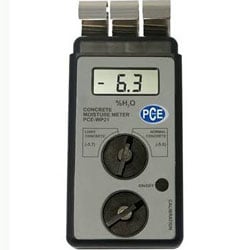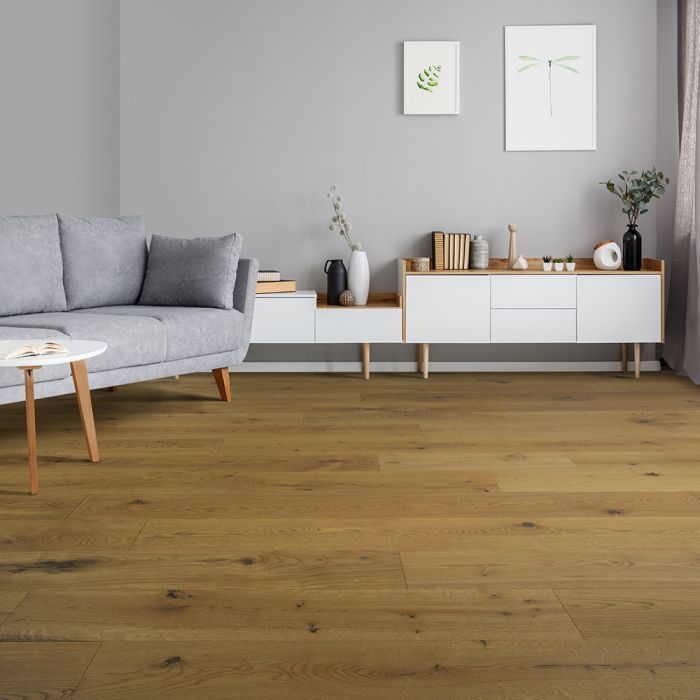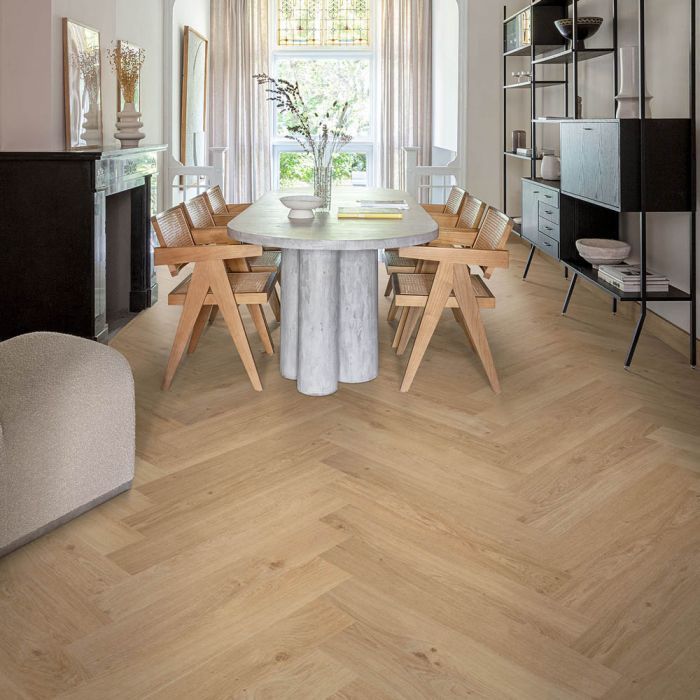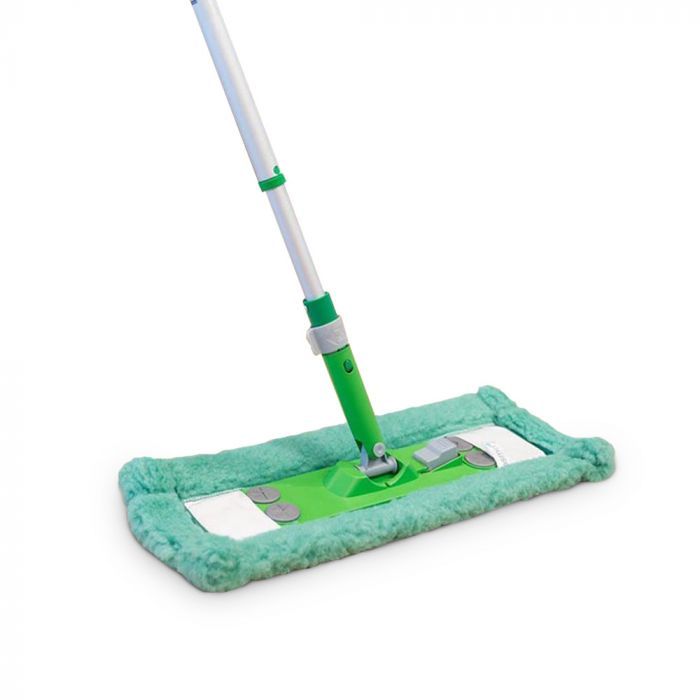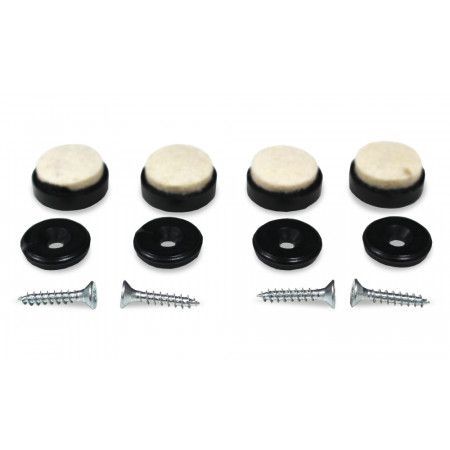Your hardwood flooring may be subject to moisture damage if your subfloor was not completely dry before your hardwood was installed. The planks of flooring will start to absorb this excess moisture and are likely to warp, distort and rise up.
How to prevent moisture damage from happening
Before you install any type of hardwood flooring you should ensure the subfloor is completely dry. The subfloor must be moisture tested with a wooden floor moisture meter. The (MC) Moisture Content should be below 6% MC for a concrete/screed subfloor, and 16% MC or below for wooden floorboards, plywood, chipboard or joists.
If you discover that your subfloor is not dry it must be left to dry naturally and then tested again before installation of the flooring. If your subfloor is an old concrete or screed then a primer can be applied to seal the floor before the moisture content is re-tested again.
How to resolve moisture damage once it has happened
If your hardwood flooring is already distorted, warped or lifting up, then the damage has already occurred and unfortunately not much can be done. The only option is to remove your flooring and install new planks once you have moisture tested the subfloor and ensured it is dry.

